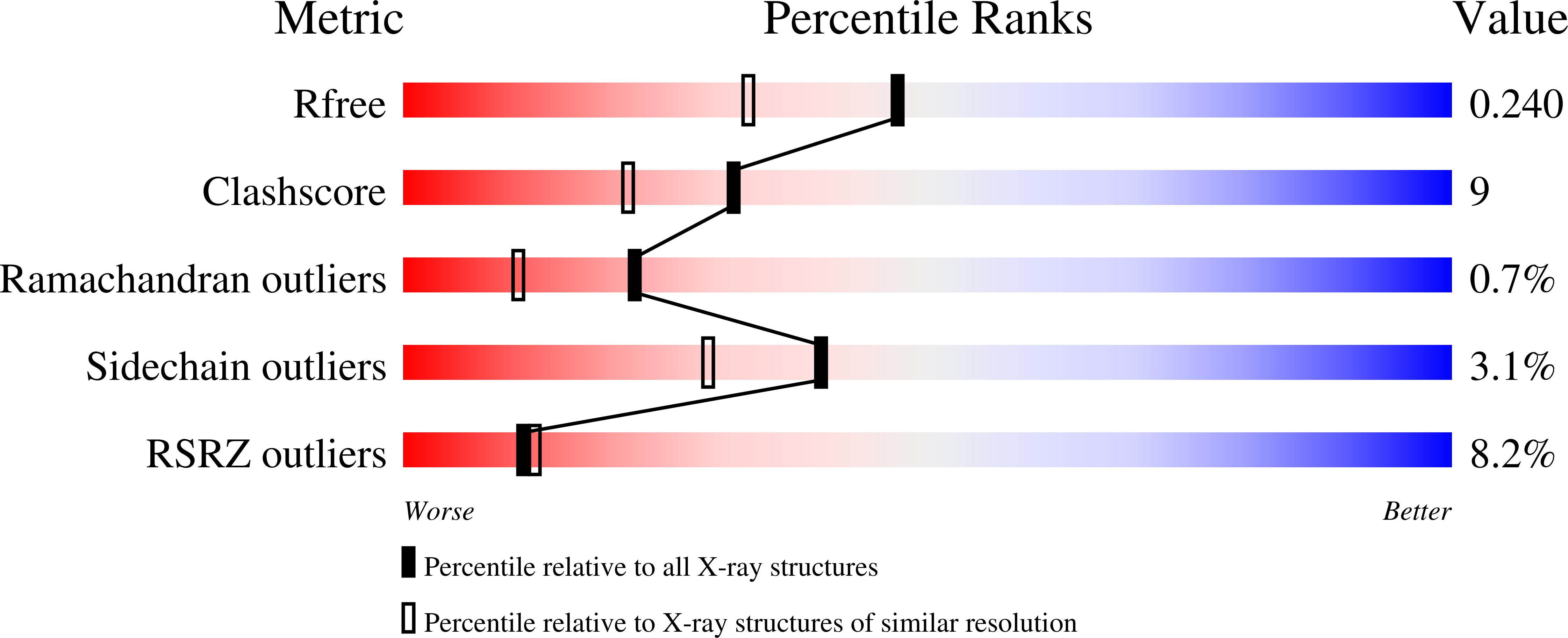
Deposition Date
2009-10-23
Release Date
2009-11-10
Last Version Date
2024-11-06
Entry Detail
PDB ID:
3KDJ
Keywords:
Title:
Complex structure of (+)-ABA-bound PYL1 and ABI1
Biological Source:
Source Organism:
Arabidopsis thaliana (Taxon ID: 3702)
Host Organism:
Method Details:
Experimental Method:
Resolution:
1.88 Å
R-Value Free:
0.24
R-Value Work:
0.20
R-Value Observed:
0.21
Space Group:
P 21 21 21


